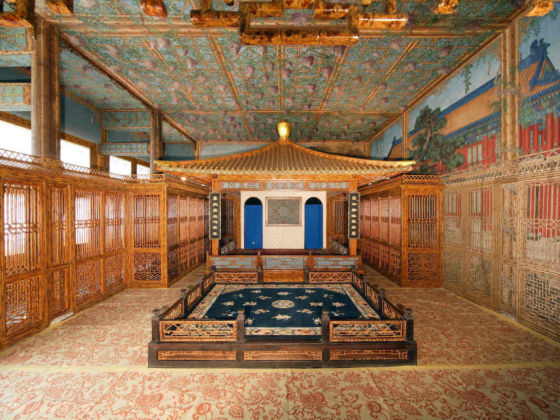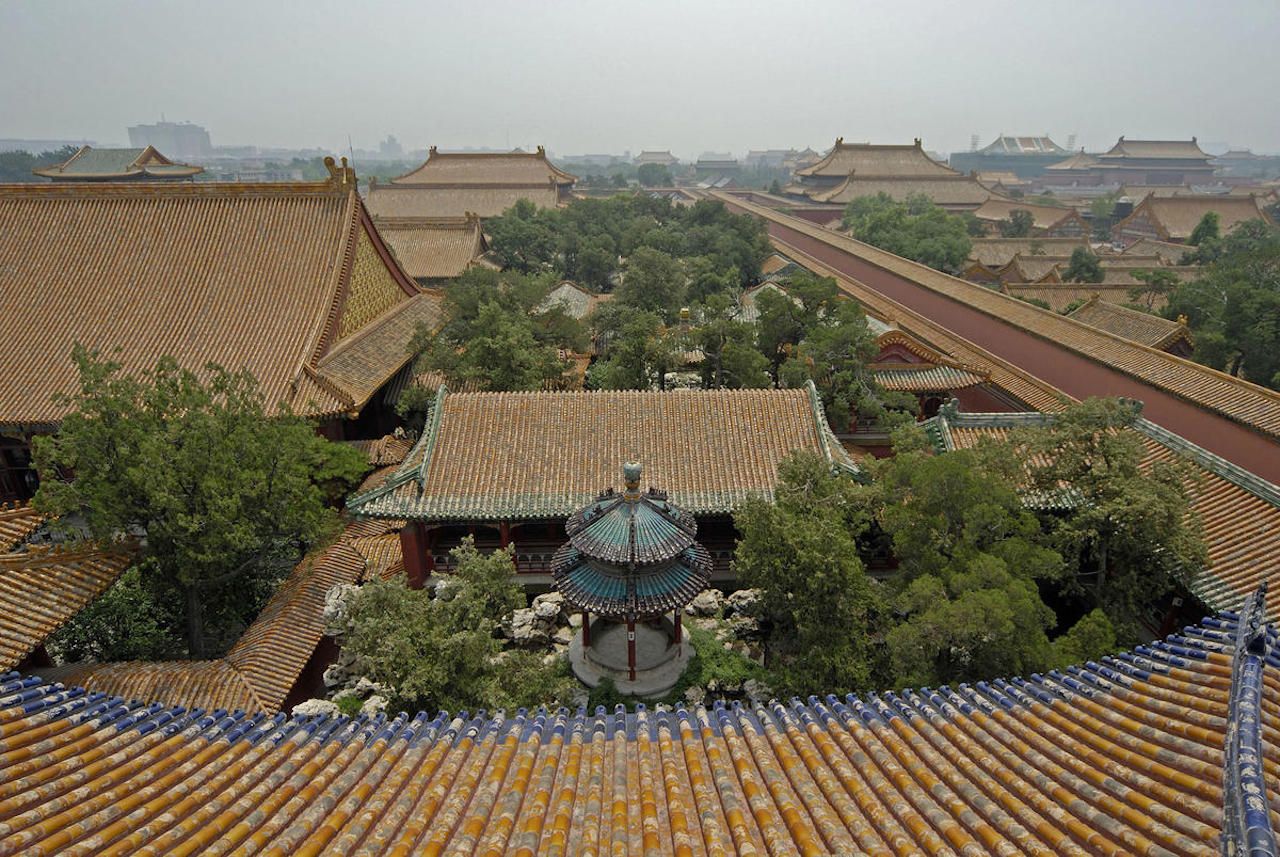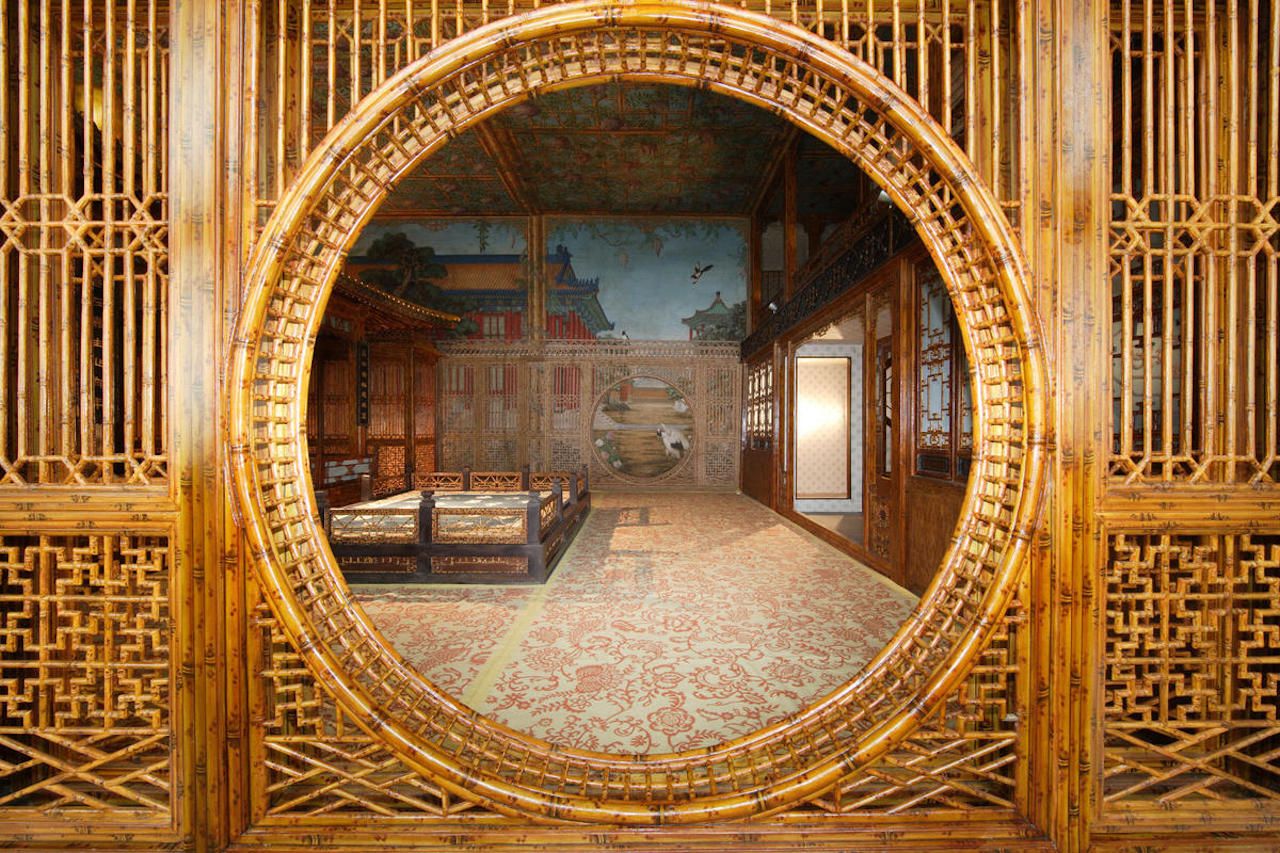The Forbidden City isn’t quite as forbidden anymore, as parts of Beijing’s imperial palace complex that were previously inaccessible will open to the public in 2020.
The World Monuments Fund (WMF), in collaboration with the Palace Museum, China’s most comprehensive art and history museum, has been working toward restoring the Forbidden City’s Qianlong Garden since 2002. As the renovations of the private, two-acre garden are coming to a close, the organization has announced the opening of an interpretation center inside one of the restored structures in Qianlong Garden that will provide first-ever public access to the site.


